Beautiful science: Chanel’s open-sky labs
Botanical wonders lie at the heart of Chanel’s science-led skincare
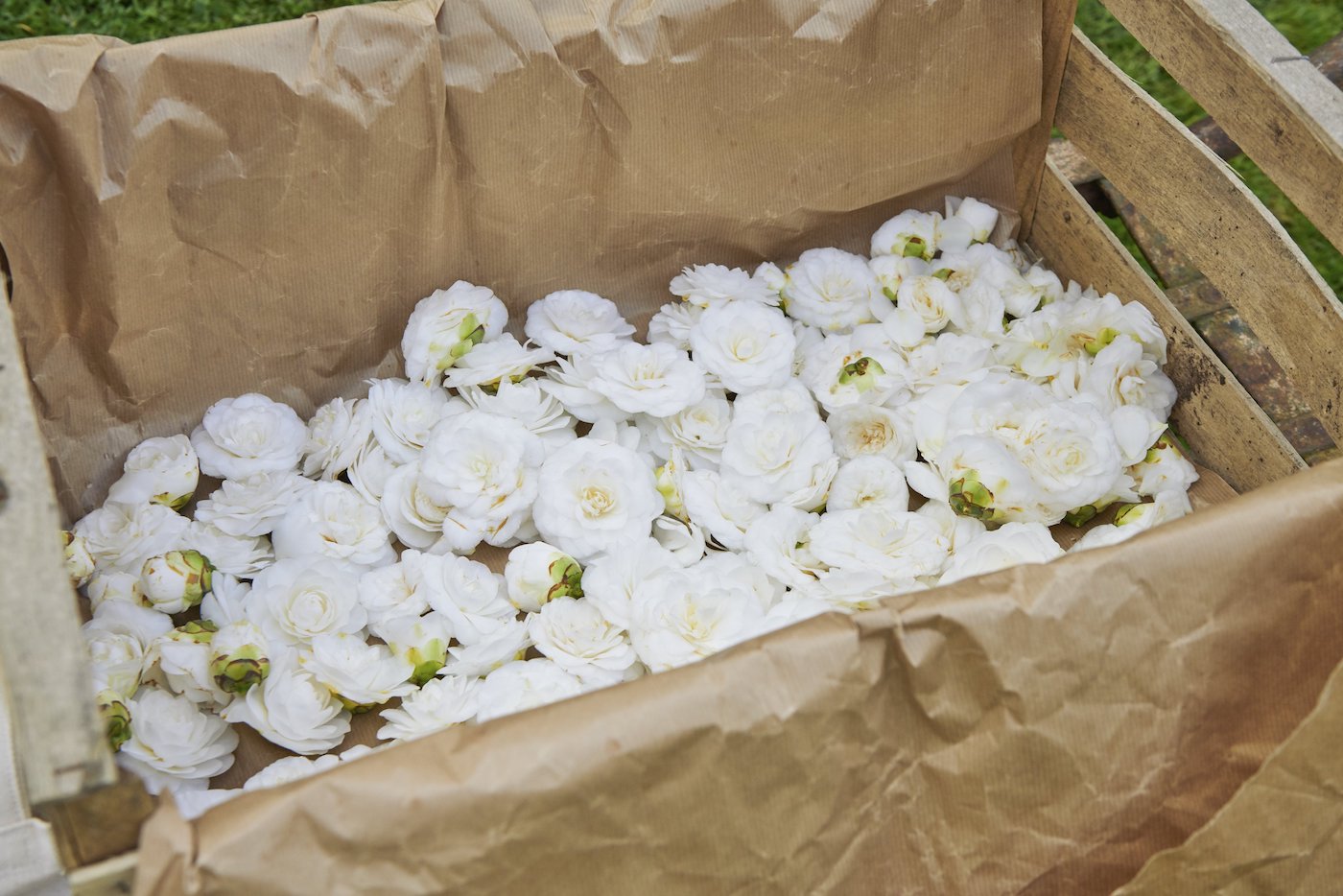
Anchored in its founder’s biography, there is a sense of curiosity and exploration to Chanel’s brand USP. During her lifetime, Gabrielle “Coco” Chanel’s sources of inspiration proved borderless and unencumbered by traditions. The couturière first spotted sailors in the South of France donning Breton tops as part of their uniform; back in Paris, Coco introduced the striped, boat-necked design to the city’s beau monde before imagining womenswear tailored from Scottish tweeds. Today, Coco’s innovative spirit also inspires the work of Chanel’s team of skincare experts, which counts phytochemists and ethnobotanists working across a global network of four open-sky laboratories in partnership with local farmers and botanists.
The at-source cultivation of prized raw materials has long been a Chanel forte. Partnering with perfumer Ernest Beaux, Mademoiselle Chanel first introduced her Art Deco bottled N°5 fragrance in 1921. In addition to Orris root, amber and Ylang-Ylang, Beaux’ formulation lists notes of white-flowering Grasse jasmine and May roses; both ingredients are grown and harvested locally along the Côte d'Azur which led Chanel to ink a deal with the area’s leading producer in 1987. Taking control of its supply chain, Chanel has added iris, rose geranium and tuberose to its order, all cultivated on fields today totalling nearly 49 acres.
In 2002, Chanel premiered its concept of open-sky laboratories. Introduced as a centre for botanical cultivation, research and experimentation, the first laboratory was stationed on the island of Madagascar. With the Indian Ocean in view, Chanel’s experts discovered the skin-caring attributes of vanilla planifolia, a flat-leaved species of the vanilla orchid more commonly used in perfumery. “Our scientists were surprised to discover how this specific vanilla species was rich in active molecules and how efficient they were,” says Armelle Souraud, the brand’s director of scientific communication. “From different parts of the plant – the fruits, the flowers, the leaves – our scientists have created natural active ingredients with exceptional skin regenerating, repairing and protecting properties.”
The Week
Escape your echo chamber. Get the facts behind the news, plus analysis from multiple perspectives.

Sign up for The Week's Free Newsletters
From our morning news briefing to a weekly Good News Newsletter, get the best of The Week delivered directly to your inbox.
From our morning news briefing to a weekly Good News Newsletter, get the best of The Week delivered directly to your inbox.
Chanel’s Madagascar site today counts four shade canopies protecting a plantation of 3,500 vines; vanilla flowers are harvested by hand from September to December before fruits are picked in April. Most recently, Chanel listed the ingredient in its Sublimage Les Grains de Vanille – a facial exfoliator of gel-like texture – and the hydrating Sublimage La Crème Lumière.
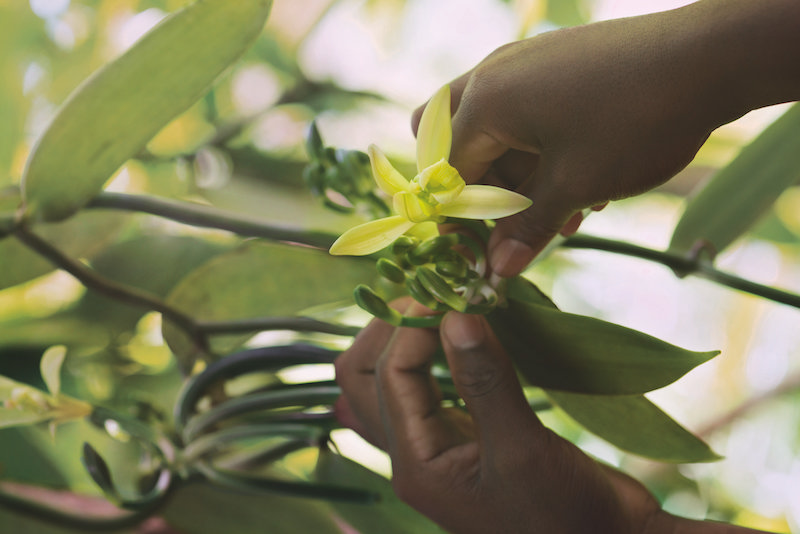
Chanel’s Madagascar triumph inspired the set-up of three additional open-sky labs across different climate zones. Cherished by surfers for its many beaches and as a haven for wildlife including large leatherback turtles, the Nicoya Peninsula lies on Costa Rica’s Pacific coast. After first deciphering a Costa Rican coffee plant as particularly rich in antioxidant molecules in 2013, Chanel began collaborating with a coffee farming cooperative local to the Nicoya Peninsula two years later. To produce a raw oil, the team cold-presses sun-dried coffee cherries on site.
Closer to home, Chanel set up camp in the Southern French Alps. From 2010 onwards, an ambitious research initiative saw the in-depth study of 500 wild plants over close to eight years, resulting in 60 botanical extracts. Plant cultivation to obtain larger quantities of extracts began in 2014. It is here that Chanel obtains extracts of the herbaceous, yellow-flowering Solidago goldenrod.
It’s also in France that Chanel’s most symbolic natural raw ingredient is grown. With its glossy deep green foliage and rosaceous flowers, the camellia plant – which is native to Eastern and Southern Asia – was a favourite of Mademoiselle Chanel. Since 2005, Chanel’s researchers have been collaborating with nurseryman Jean Thoby. An internationally acclaimed expert on camellias, Thoby created a botanical garden in the grounds of the 17th century Italian Renaissance style Château de Gaujacq in France’s southwest, comprising more than 260 species of plants and 2,000 varieties of camellias.
A free daily email with the biggest news stories of the day – and the best features from TheWeek.com
It is here that Chanel discovered the moisturising properties of Camellia japonica Alba Plena; to further its research into this plant, the brand is in the process of rehabilitating an eco-designed farm replete with phytochemical laboratory. Souraud says: “All these botanical treasures are included into sensorial and emotional formulas.”
-
 Biggest political break-ups and make-ups of 2025
Biggest political break-ups and make-ups of 2025The Explainer From Trump and Musk to the UK and the EU, Christmas wouldn’t be Christmas without a round-up of the year’s relationship drama
-
 Why 2025 was a pivotal year for AI
Why 2025 was a pivotal year for AITalking Point The ‘hype’ and ‘hopes’ around artificial intelligence are ‘like nothing the world has seen before’
-
 The best drama TV series of 2025
The best drama TV series of 2025the week recommends From the horrors of death to the hive-mind apocalypse, TV is far from out of great ideas
-
 Sport on TV guide: Christmas 2022 and New Year listings
Sport on TV guide: Christmas 2022 and New Year listingsSpeed Read Enjoy a feast of sporting action with football, darts, rugby union, racing, NFL and NBA
-
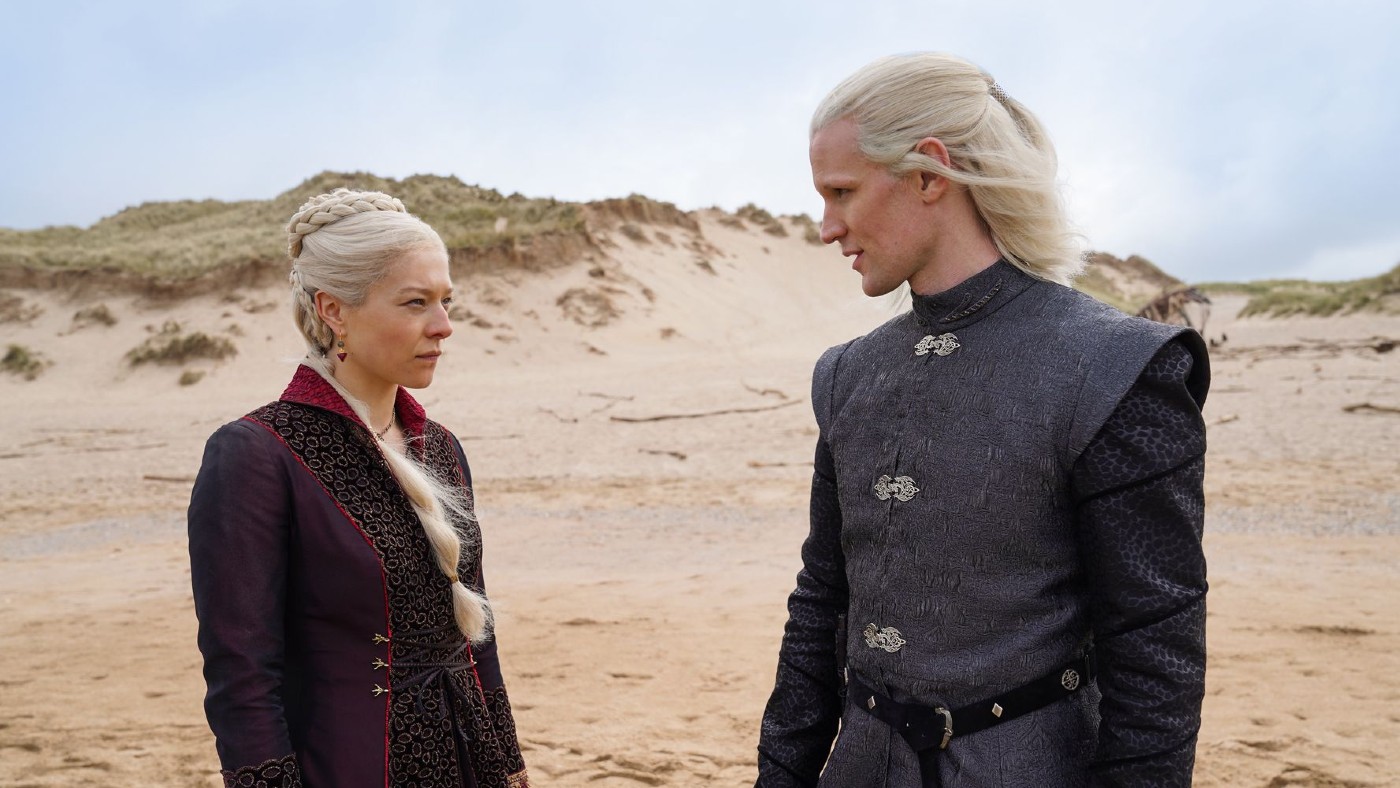 House of the Dragon: what to expect from the Game of Thrones prequel
House of the Dragon: what to expect from the Game of Thrones prequelSpeed Read Ten-part series, set 200 years before GoT, will show the incestuous decline of Targaryen
-
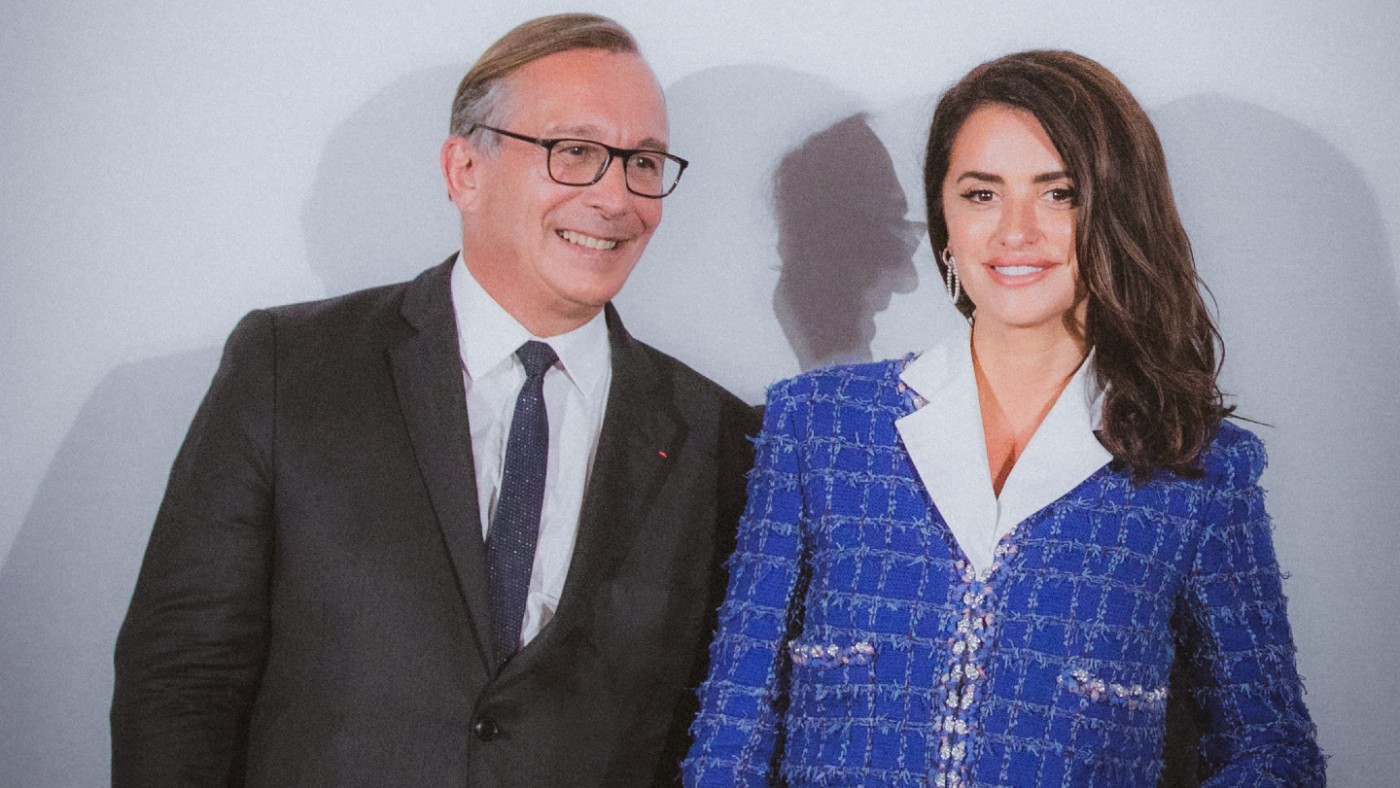 Why Penelope Cruz is an expert in Chanel, both on and off-screen
Why Penelope Cruz is an expert in Chanel, both on and off-screenUnder the Radar The award-winning actor explains her enduring relationship with the Parisian fashion house
-
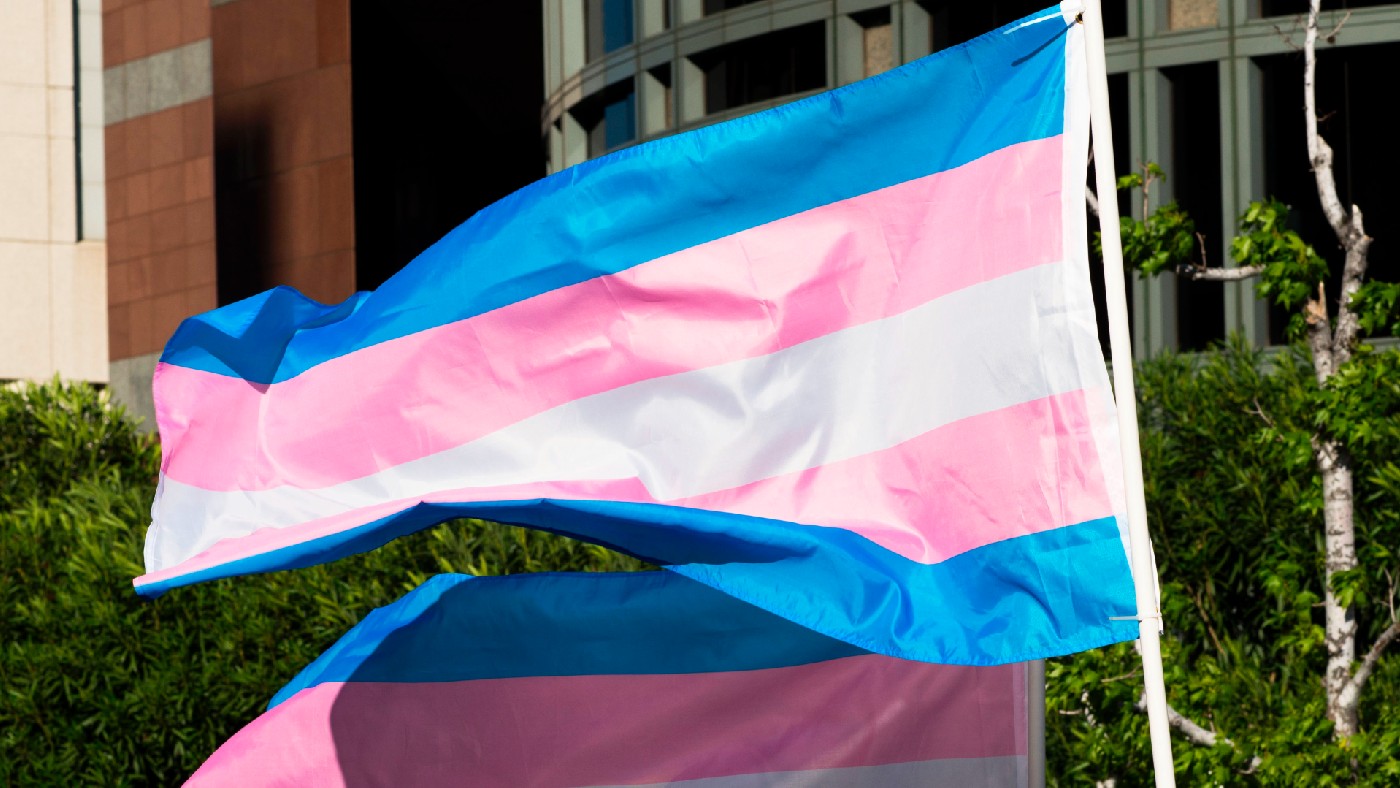 One in 20 young Americans identify as trans or non-binary
One in 20 young Americans identify as trans or non-binarySpeed Read New research suggests that 44% of US adults know someone who is transgender
-
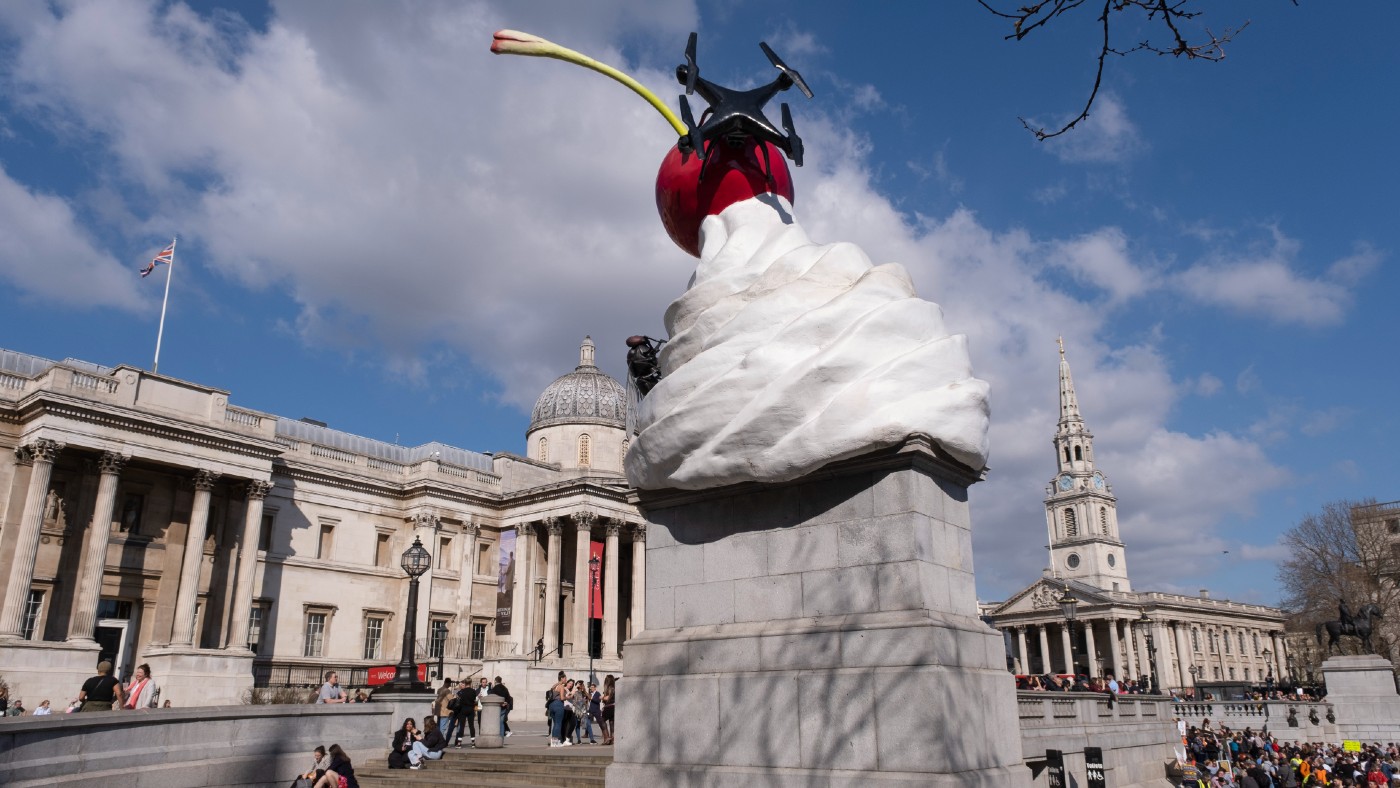 The Turner Prize 2022: a ‘vintage’ shortlist?
The Turner Prize 2022: a ‘vintage’ shortlist?Speed Read All four artists look towards ‘growth, revival and reinvention’ in their work
-
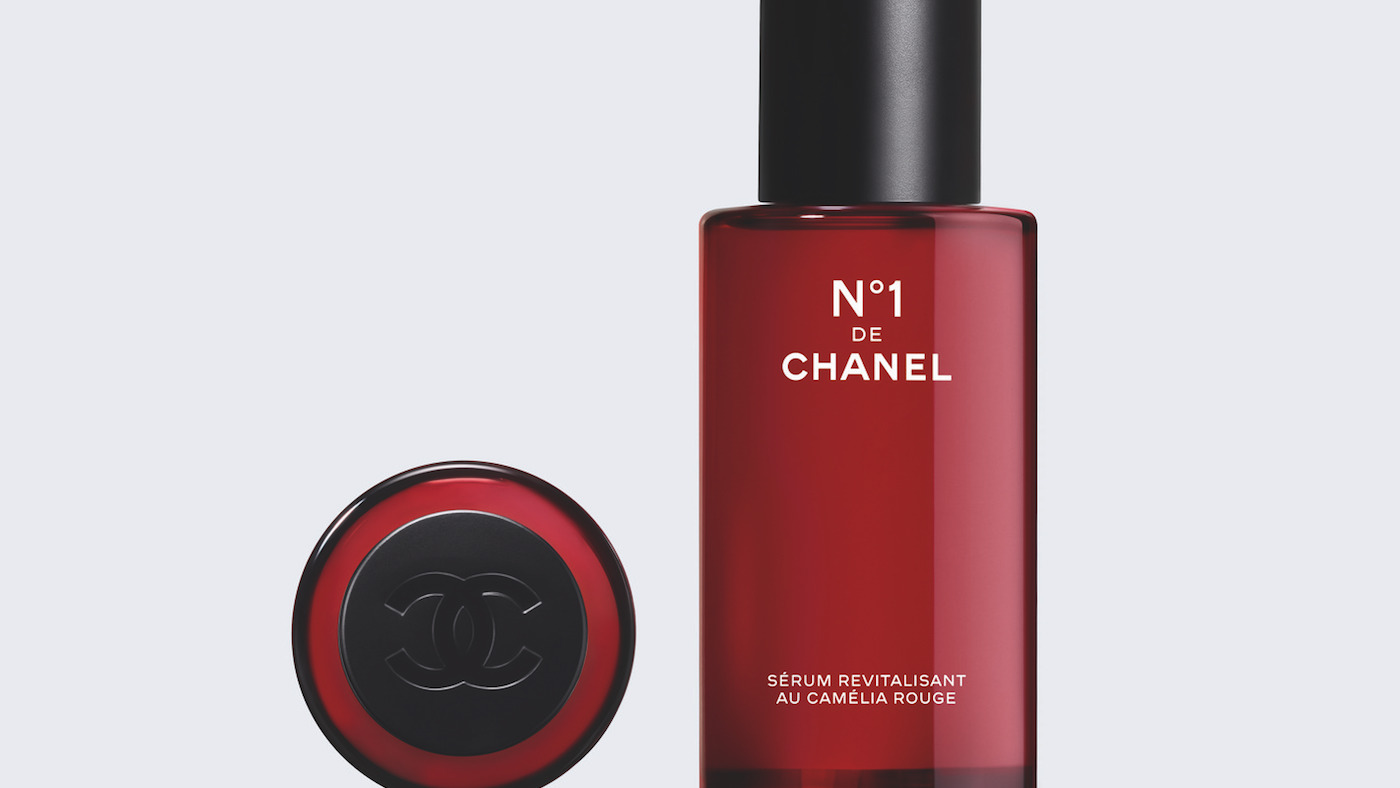 N°1 de Chanel: sustainability in heritage
N°1 de Chanel: sustainability in heritageUnder the Radar A new skincare and beauty collection by Chanel researches the camellia
-
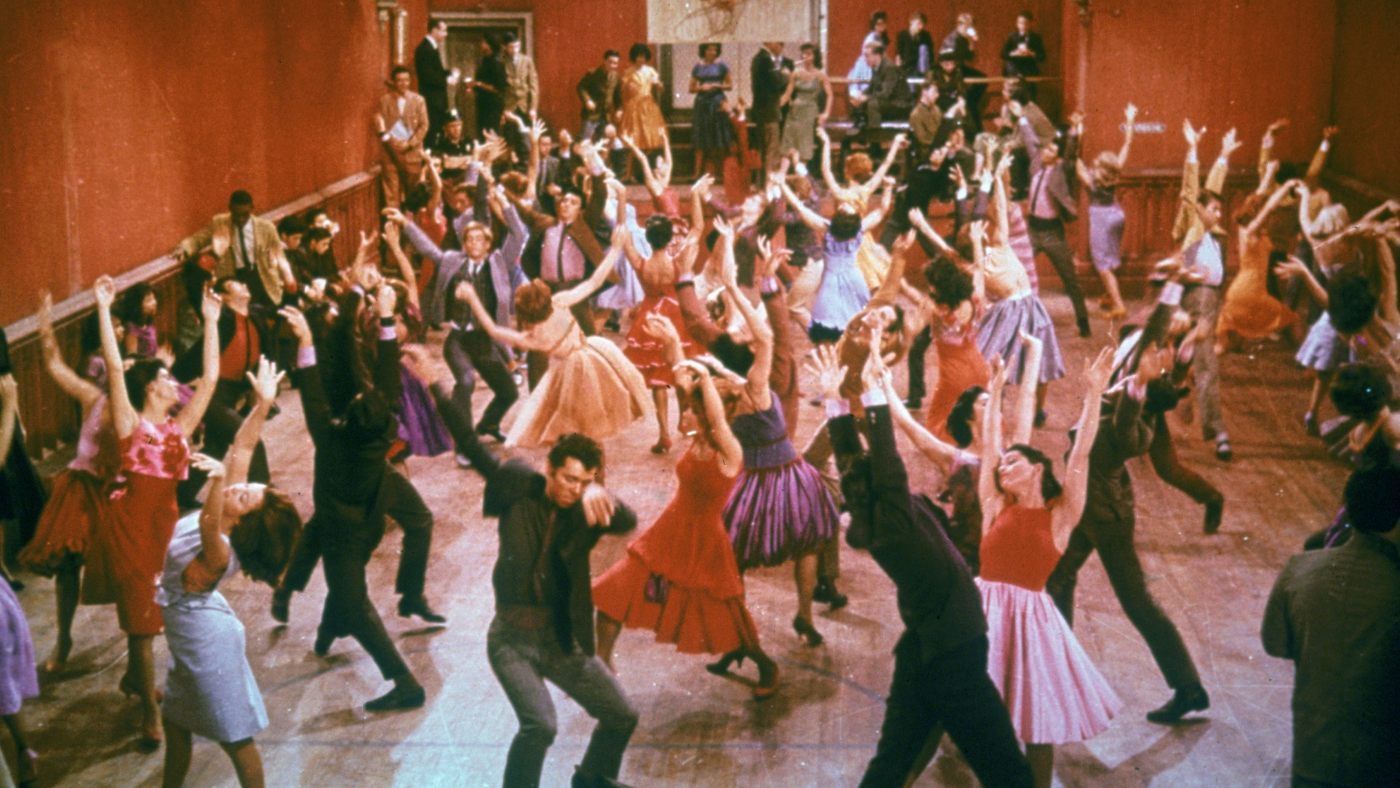 What’s on TV this Christmas? The best holiday television
What’s on TV this Christmas? The best holiday televisionSpeed Read From films and documentaries to musicals for all the family
-
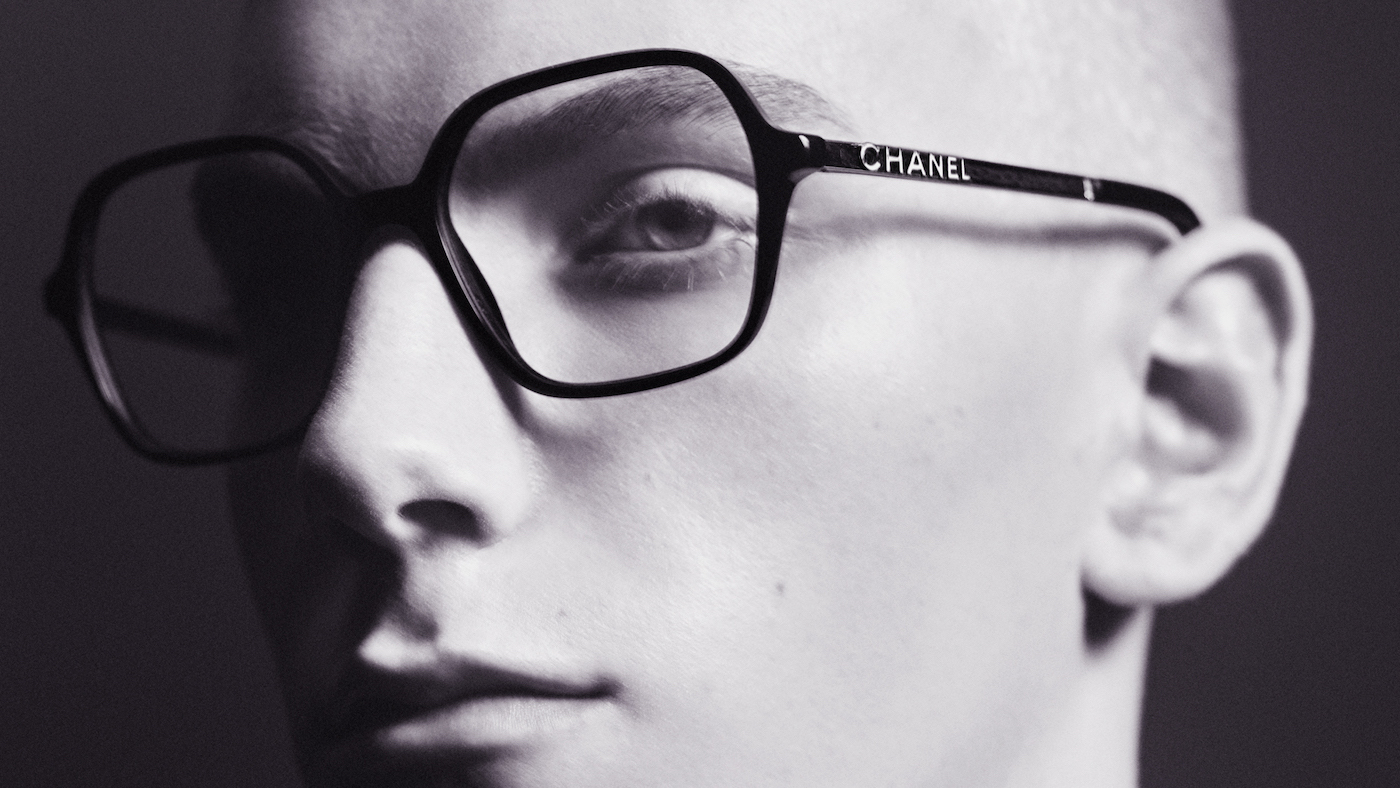 Coco vision: up close to Chanel opticals
Coco vision: up close to Chanel opticalsSpeed Read Parisian luxury house adds opticals to digital offering